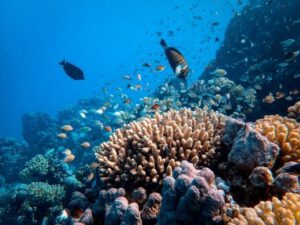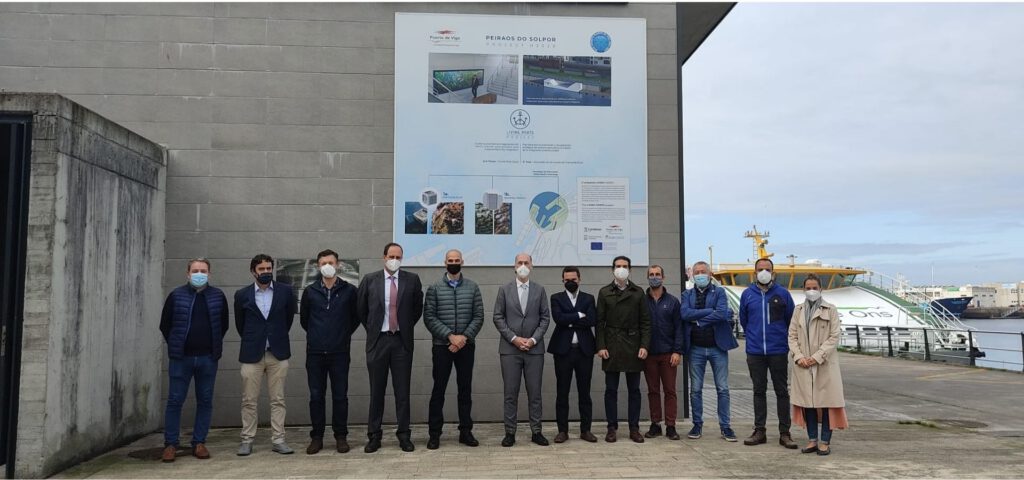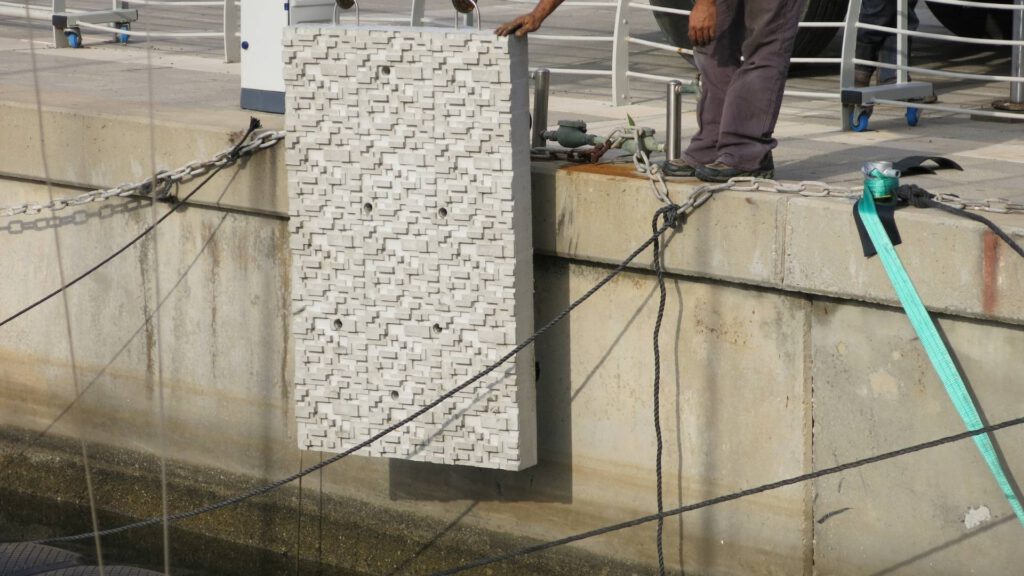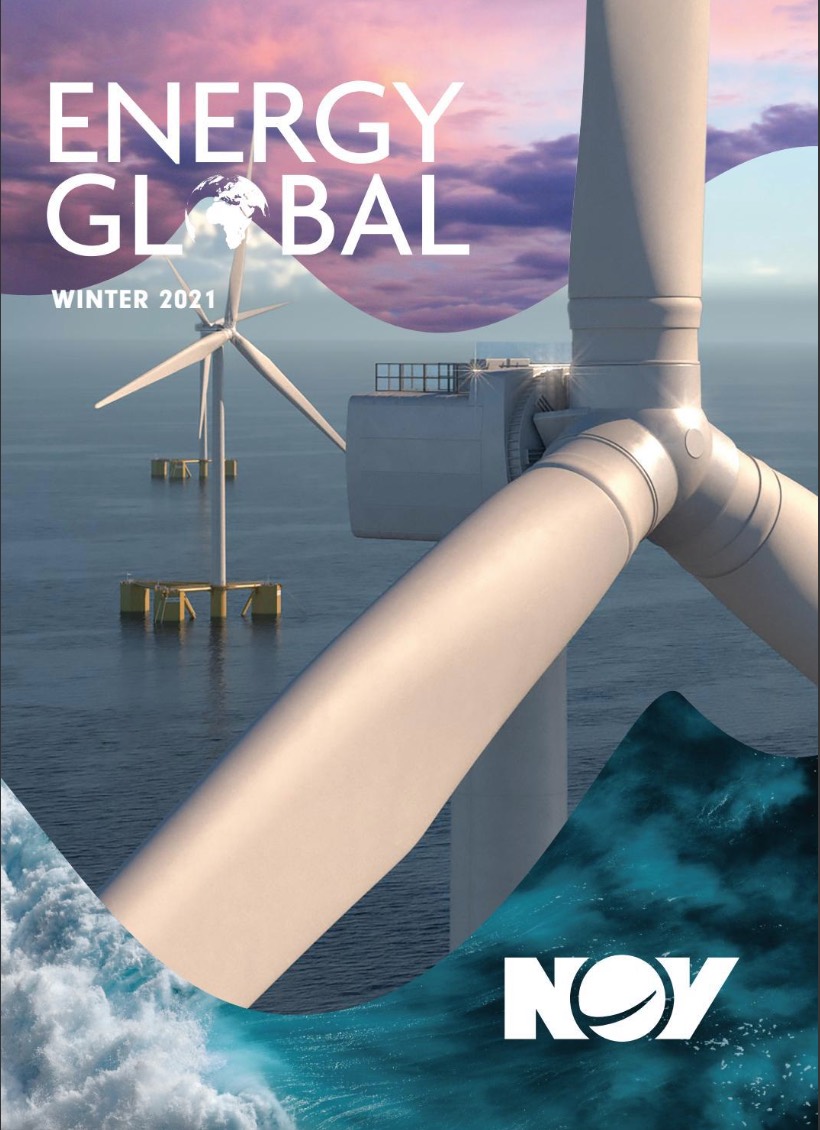We are proud to announce that ECOncrete® US team members are WEDG certified! WEDG® (Waterfront Edge Design Guidelines) is the gold standard for excellence in resilient, accessible, and ecologically sound waterfront design. WEDG is a program developed by the Waterfront Alliance.
The Waterfront Alliance, a New York City-based non-profit organization working to inspire and effect resilient, revitalized, and accessible coastlines for all communities, is improving public and private decision-making at the water’s edge in coastal regions across the nation through WEDG, the first science-based voluntary rating system and set of guidelines of its kind. ECOncrete’s ties to WEDG run deep, being partners in the development of Brooklyn Bridge Park; the first WEDG certified project, as well as being long time participants at the annual Waterfront Alliance conference.
Our US-based team has successfully completed the WEDG Professional Course which includes training in:
- How WEDG standards can be applied to all types of waterfront projects
- Using WEDG strategies to adapt waterfront projects from the risks of climate change from a multi-disciplinary approach.
- Reinforce the value of planning communities with resilient, ecological, and accessible design
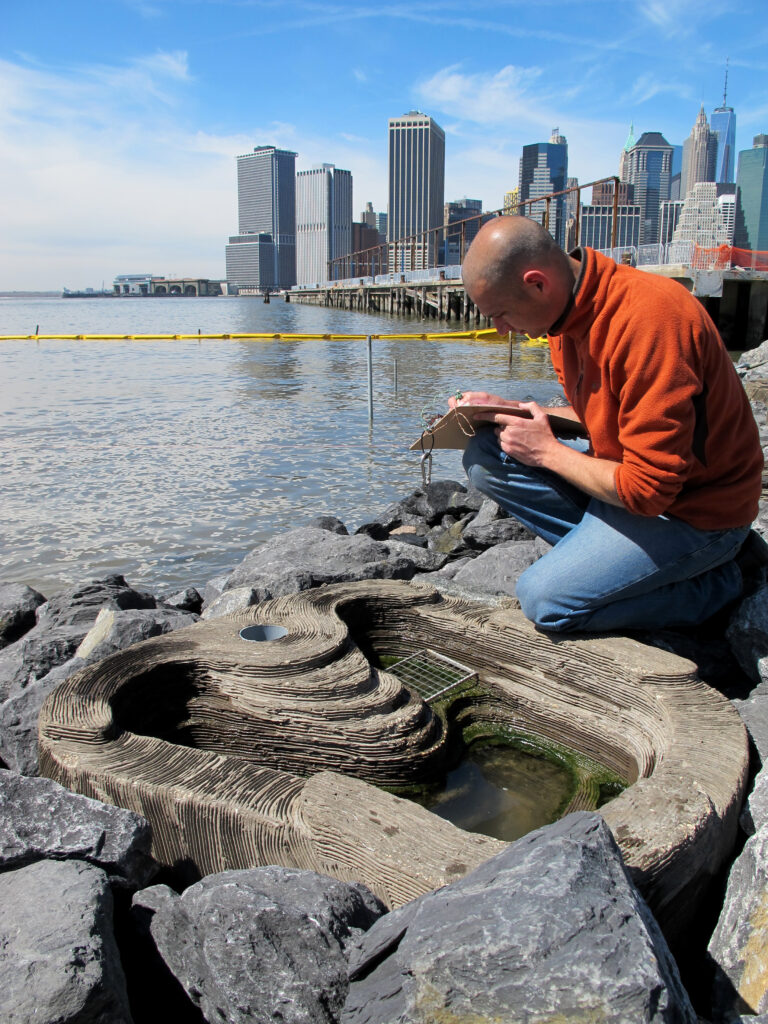
Monitoring at the Brooklyn Bridge Park ECOncrete installation
As WEDG Associates, we join a growing community of innovators in the fields of waterfront planning, design, engineering, and community development designing for a resilient 2050+.
What is WEDG?
The Waterfront Alliance developed WEDG which stands for the Waterfront Edge Design Guidelines. WEDG is a “voluntary rating system and set of guidelines to address these challenges at the project scale“ (https://wedg.waterfrontalliance.org/about/). WEDG’s guidance inspires projects to incorporate eco-conscious materials and resources in order to preserve neighboring habitats and biological integrity. The key pillars and multidisciplinary approach allows WEDG to strategically evaluate a project’s need without compromising any surrounding environmental factors. The organization’s ethos for resilience, ecology, and access fuse the priorities for practical design that complements natural integrity.
How Does It Work?
“LEED” guidelines, – or Leadership in Energy and Environmental Design – provides a framework to design smarter, energy efficient green buildings. LEED certification achievements are globally recognized as a gold standard for building sustainability. WEDG hopes to apply the same criteria and approach to waterfront projects. WEDG is a tool for developers, local stakeholders and the public to collaborate on early project planning and design. WEDG keeps the project conversation simple, by breaking down the science and design criteria into digestible comprehensive project alternatives.
New York’s WEDG Pledge
New York is known for being a trend setting city whether in fashion, the arts, policy and all things modernization. Post Hurricane Sandy, New York aggressively looked to groups like Waterfront Alliance for innovation and storm prevention ideas to protect against sea level rise. The WEDG projects throughout New York have incorporated progressive design aesthetics that literally pave the way for great success stories such as the Brooklyn Bridge Park. The Brooklyn Bridge Park is an 85-acre park along New York’s East River, with a stunning viewshed and recreational access. The Park’s renovations included sustainably hardening the pier, piles and bulkheads to prolong structural integrity, while also replanting native grasses and plants to encourage ecological health and habitat use for birds and other wildlife.
Similar momentum through the WEDG Pledge campaign is happening with the Brooklyn Borough Board, who have adopted the WEDG Pledge campaign requiring new waterfront projects to implement WEDG best practices for resilience, ecology, and access. Waterfront Alliance began visiting local community boards and borough boards around the city to demonstrate the WEDG model and Harbor Scorecard. The team explained how WEDG can help communities plan for smarter ecosystem based designs and advocate for more “resilient, equitable, and accessible waterfront development” (https://waterfrontalliance.org/2018/12/13/vote-yes-for-wedg/).
The Waterfront Alliance started encouraging community boards to take the WEDG Pledge by adopting plans that would require waterfront projects to consider utilizing WEDG early in the design process and acquire the WEDG certification. The community voice is at the heart of this campaign and continues driving momentum to improve waterfront development. The WEDG manual is a free resource which motivates communities to strive for sound waterfront development and better infrastructure planning. The Waterfront Alliance galvanized support by bringing the WEDG Pledge campaign and draft resolutions to both the Brooklyn Borough Board and Bronx Borough Board. Sure enough, Community Boards throughout the region are taking the WEDG Pledge and adopting resolutions to protect and their communities’ rights to access and sustainable waterfront development. Coney Island recently declared its regional plans to vote in favor of the Brooklyn Borough Board resolution on WEDG!
Join the Conversation!
ECOncrete is proud to be among the firsts companies to take the WEDG pledge and commit to resilient, accessible, and healthy waterfronts! Using ecological concrete provides equally strong substrate for waterfront restoration, while also providing suitable habitat sources for biota that naturally improve coastal resilience. Having biologically sound structural components allows maritime ports and harbors to have the strength of steel but with all the natural benefits. Learn more about ECOncrete’s impact and how to get involved with WEDG at our website!
More about WEDG here: https://wedg.waterfrontalliance.org/
See ECOncrete’s WEDG certified project: https://econcretetech.com/projects/brooklyn-public-park-renovation/
And in this case study post: https://econcretetech.com/blogcat/case-study-reconciling-urban-spaces-and-natural-habitats-at-brooklyn-bridge-park/
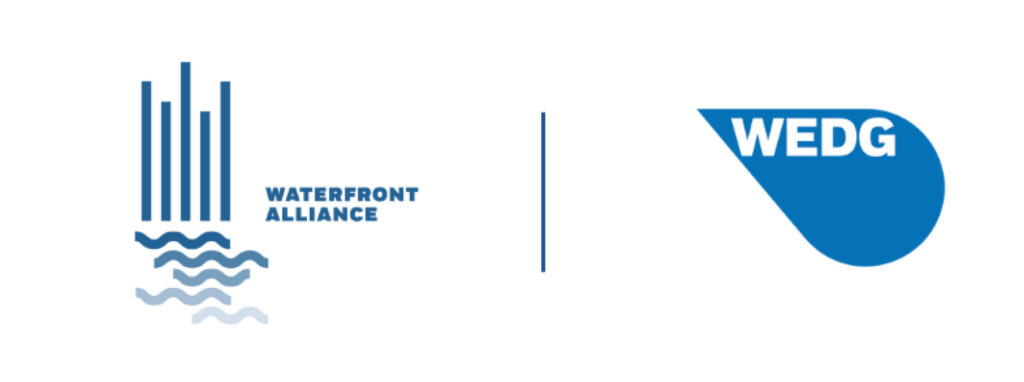
WEDG® and the related logo are trademarks owned by the Waterfront Alliance and are used with permission.
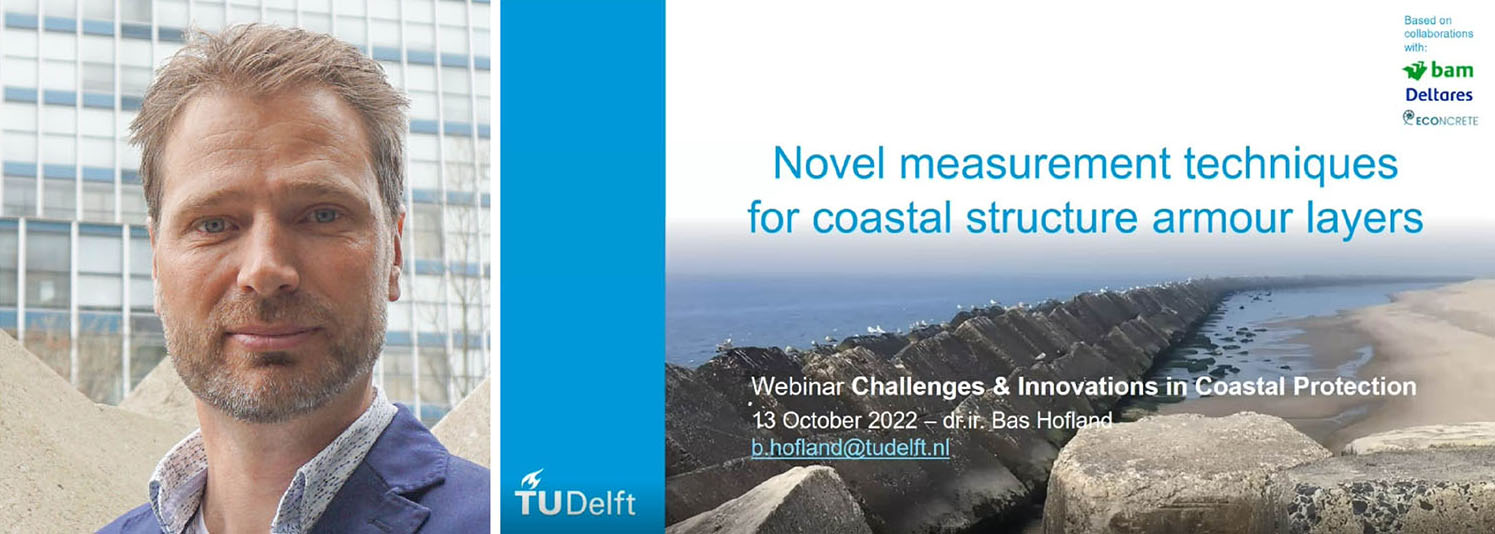
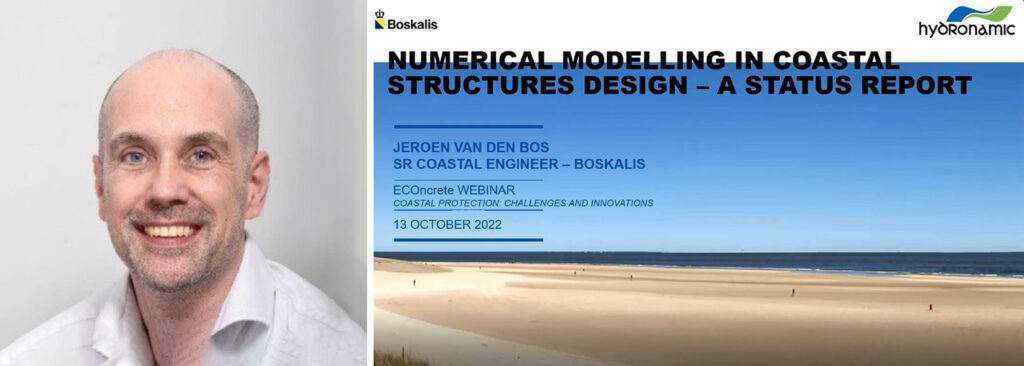
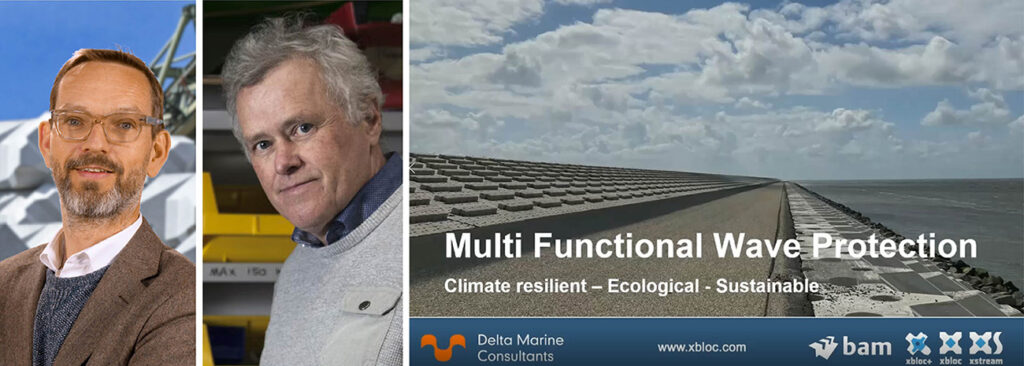
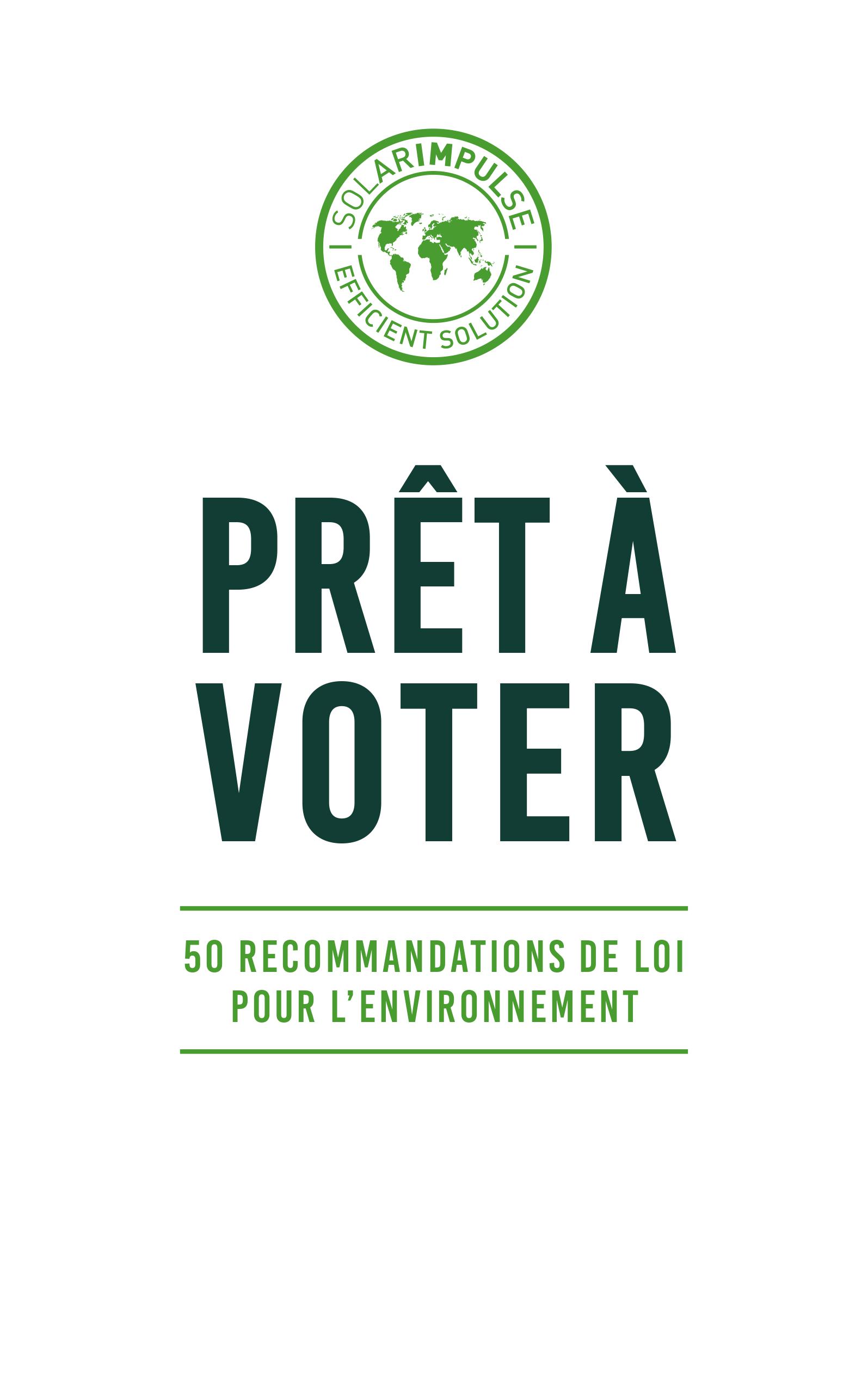
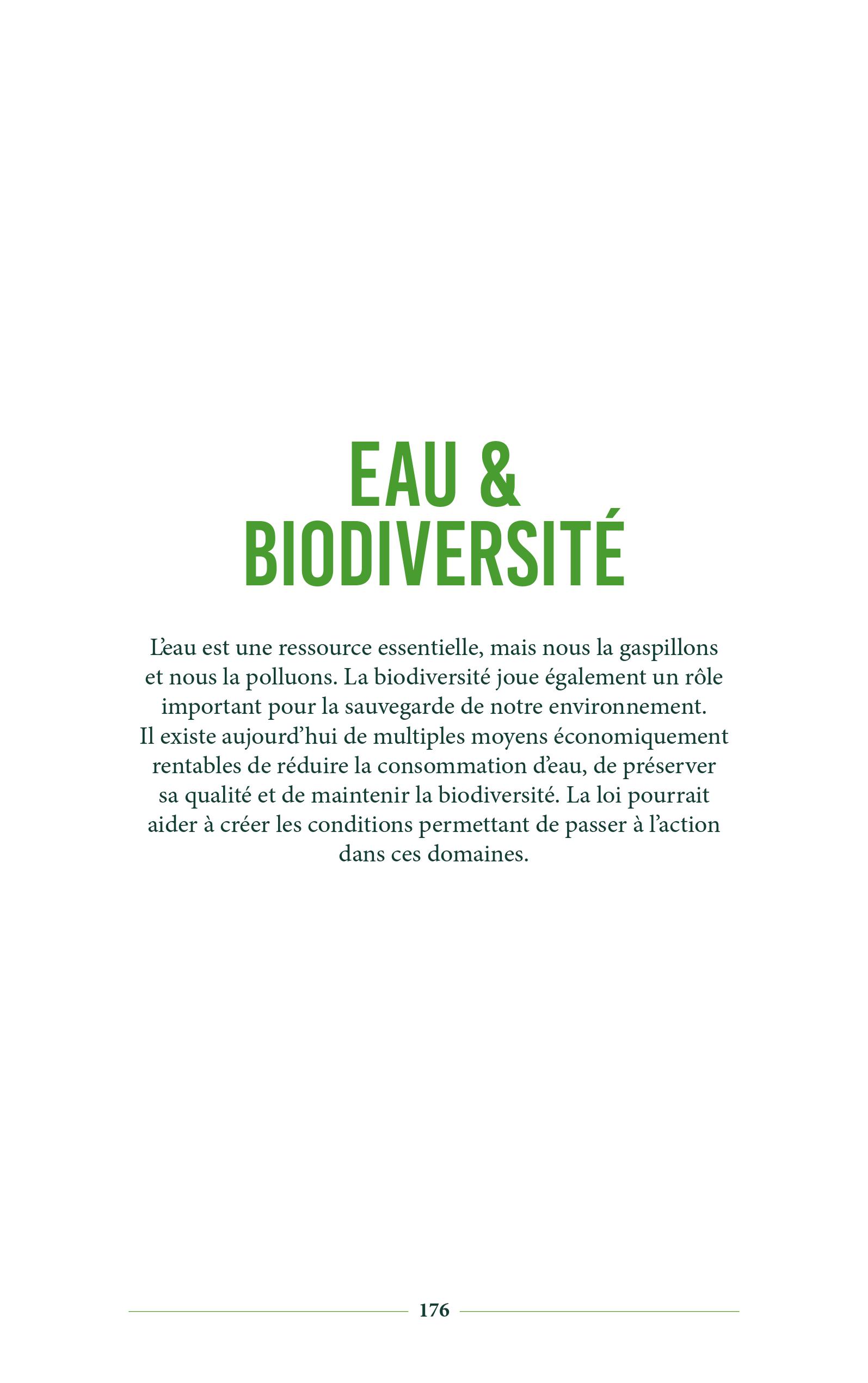

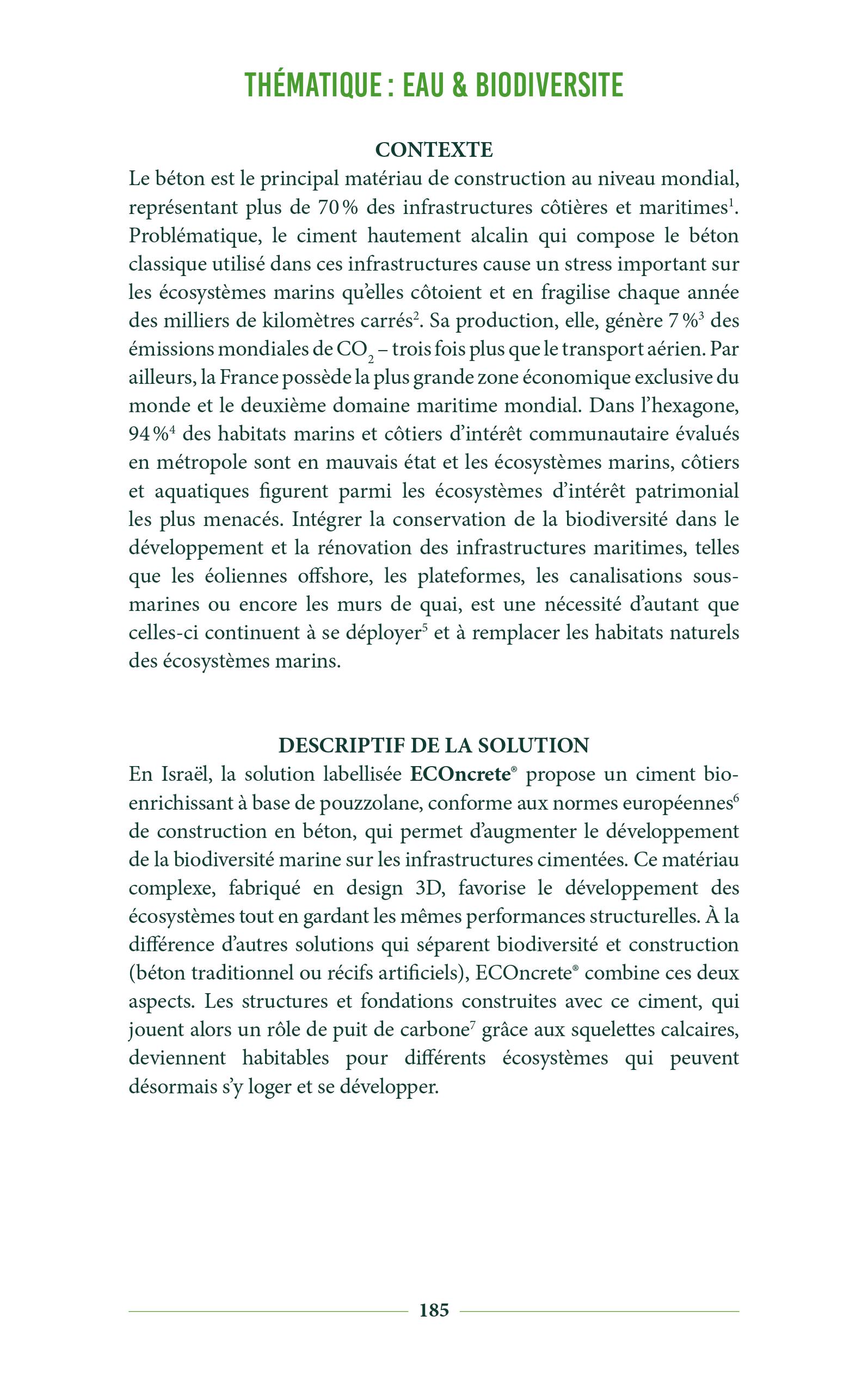


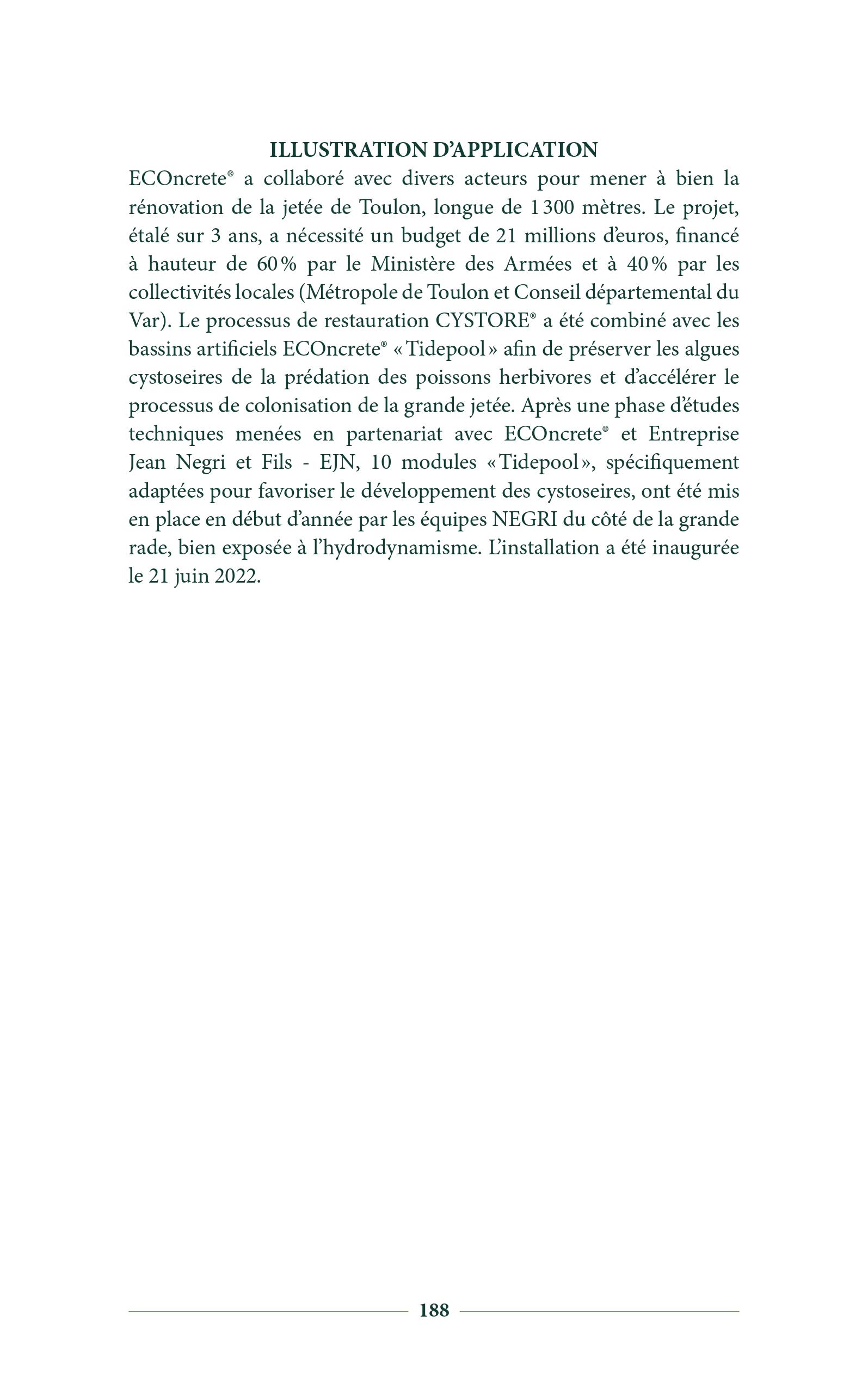
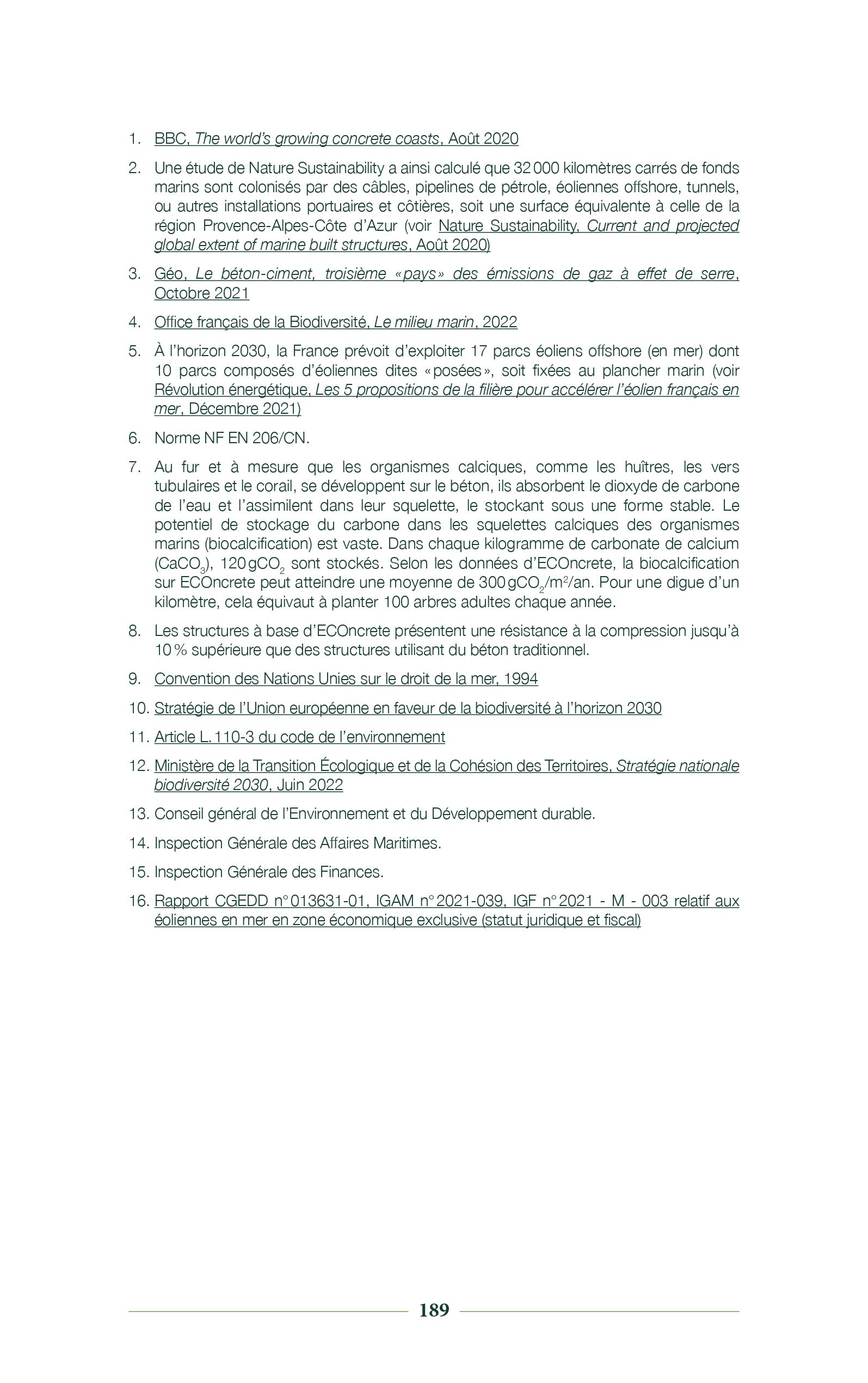
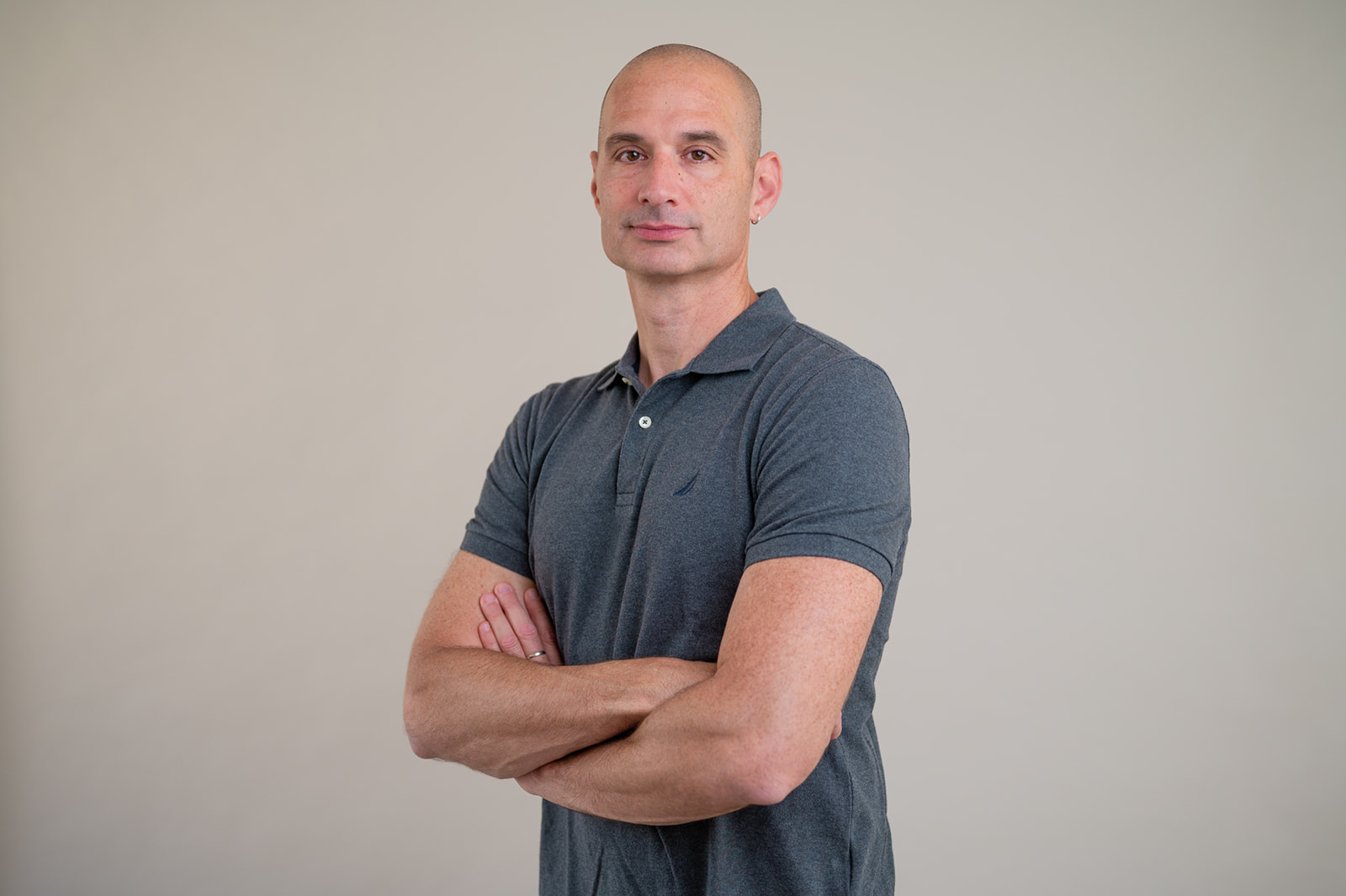

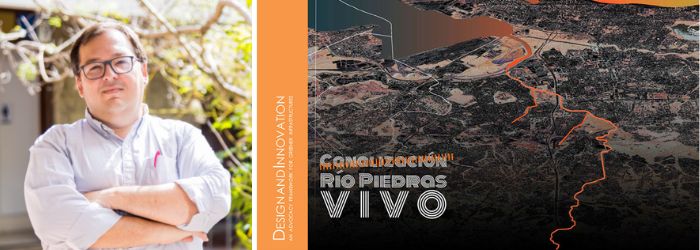
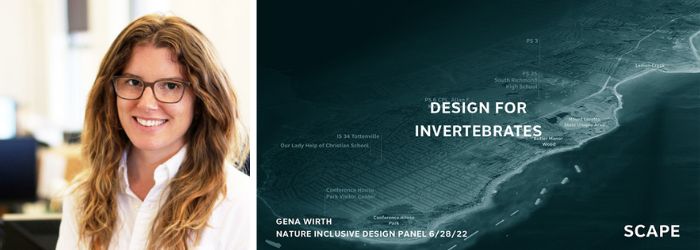
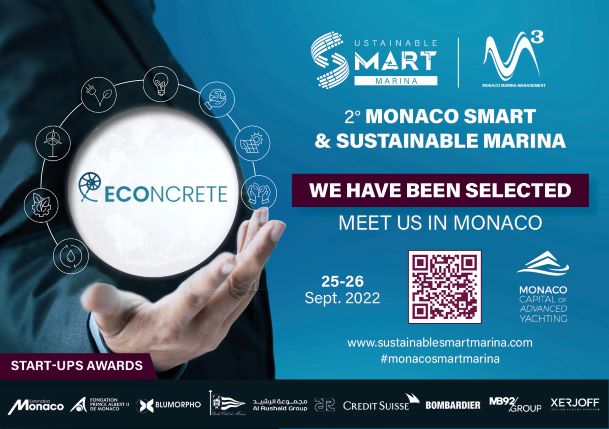
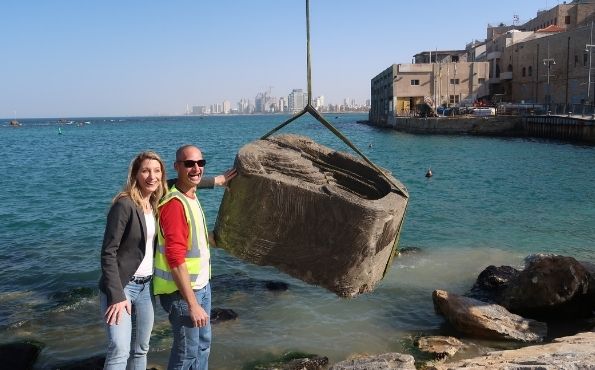
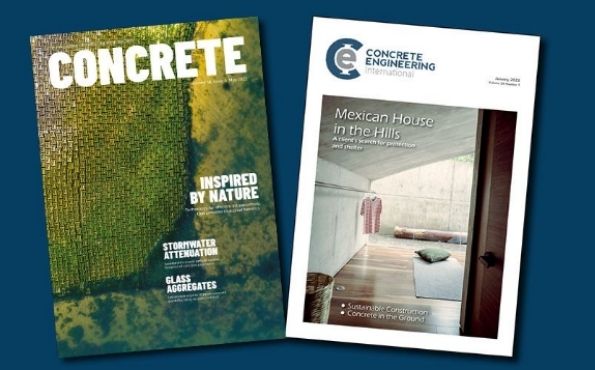
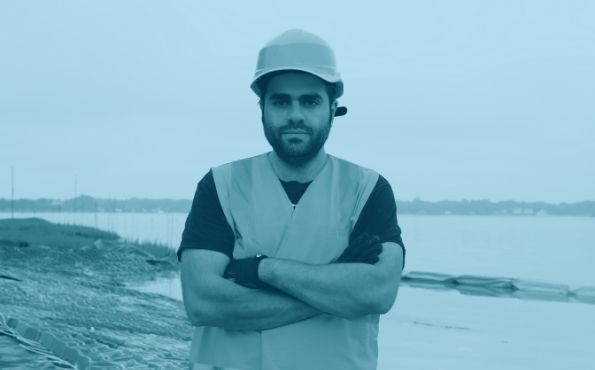
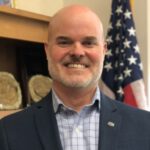 Dr. Todd Bridges / US Army Corps of Engineers
Dr. Todd Bridges / US Army Corps of Engineers Cole Roberts / ARUP
Cole Roberts / ARUP Joseph Sutkowi / Waterfront Alliance
Joseph Sutkowi / Waterfront Alliance
